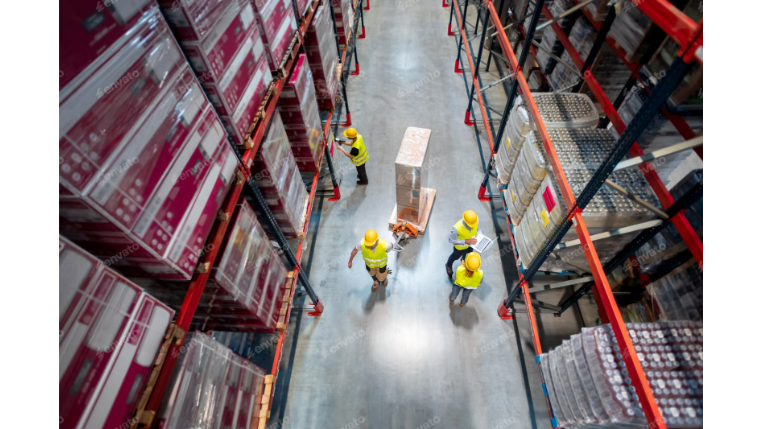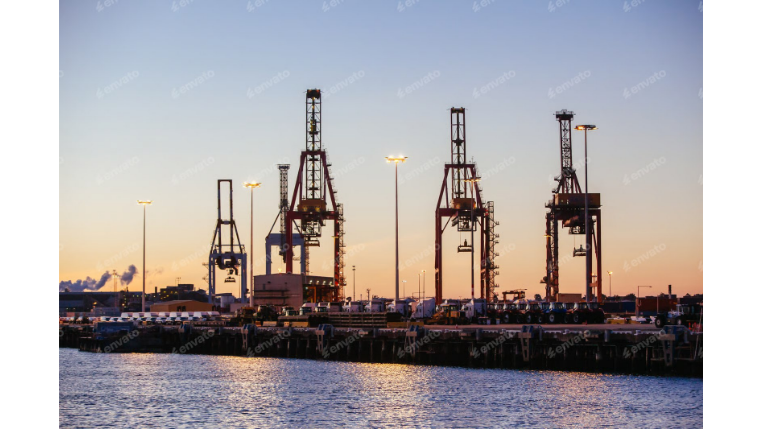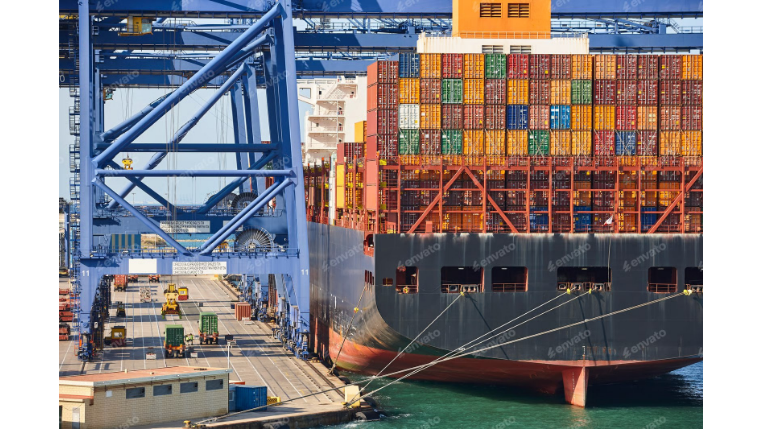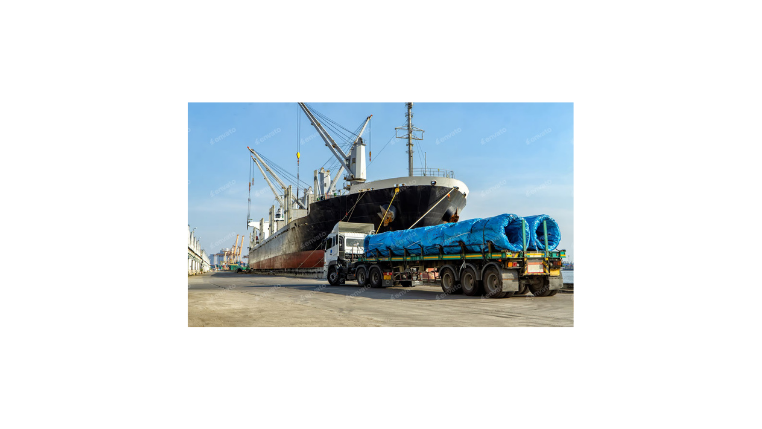In the intricate world of global commerce, the supply chain is the lifeblood of every business. For decades, companies have relied on Third-Party Logistics (3PL) providers to handle specific functions like warehousing and transportation. However, as supply chains have become increasingly global, complex, and technology-driven, a more integrated and strategic approach has become necessary. This evolution has given rise to the Fourth-Party Logistics (4PL) model, a game-changing solution that is redefining how companies manage their entire logistics ecosystem.
This comprehensive guide will explain the fundamental principles of 4PL, outlining its key distinctions from the traditional 3PL model and demonstrating why it's becoming the strategic partner of choice for forward-thinking businesses.
What is Fourth-Party Logistics (4PL)?
Fourth-Party Logistics (4PL) is a model where a single, central logistics provider acts as a primary point of contact for a company’s entire supply chain. Unlike a 3PL, which typically manages specific logistical functions like shipping or warehousing, a 4PL takes on a much broader, more strategic role. The 4PL provider is a non-asset-based integrator that manages a company’s resources, technology, and service providers—including other 3PLs—to design, build, and run a complete supply chain solution.
In essence, a 4PL partner is a supply chain architect. They sit at the center of the logistics network, providing a comprehensive, end-to-end solution that focuses on optimizing the entire process for maximum efficiency, not just one part of it.
4PL vs. 3PL: The Key Difference
The distinction between a 4PL and a 3PL is a critical concept to understand in modern logistics. While both are outsourcing models, their scope and function are fundamentally different.
- Third-Party Logistics (3PL): A 3PL provider performs specific, tactical logistics functions on a client’s behalf. This can include services like transportation, warehousing, or freight forwarding. A 3PL often owns its own assets, such as trucks, warehouses, or ships. The client typically manages the 3PL and directs its activities as part of a larger supply chain strategy.
- Fourth-Party Logistics (4PL): A 4PL provider acts as a strategic partner, taking on the management of a client's entire supply chain. A 4PL is an integrator, not a service provider. It may not own any assets, instead leveraging the best-in-class resources of multiple 3PLs and other vendors to create a single, unified solution. The 4PL essentially becomes the client’s internal logistics department, managing all aspects of the supply chain on its behalf.
The key difference lies in the level of integration and management. A 3PL is a service provider, while a 4PL is a supply chain manager and strategic partner.
Why is 4PL Gaining Prominence?
The shift towards a 4PL model is driven by several key factors in the modern business environment.
- Increased Complexity of Global Supply Chains: As companies expand their operations across borders, they face a more complex web of regulations, customs procedures, and transportation networks. A 4PL is uniquely positioned to navigate this complexity by providing a unified, end-to-end solution.
- Demand for Greater Efficiency: Businesses are under constant pressure to reduce costs and improve efficiency. A 4PL's strategic focus on the entire supply chain, rather than just isolated functions, allows for significant cost optimization and waste reduction.
- Technological Advancements: The rise of supply chain technologies, data analytics, and automation has enabled the 4PL model to thrive. A 4PL leverages these technologies to provide real-time visibility, predictive analytics, and enhanced control over the entire network.
- Focus on Core Competencies: By outsourcing the entire logistics function to a 4PL partner, companies can free up their internal resources to focus on their core business activities, such as product development and marketing.
Core Benefits of Adopting a 4PL Model
Embracing a 4PL model provides companies with a host of strategic advantages that can transform their logistics operations.
- Cost Reduction and Optimization: A 4PL can drive significant cost savings by optimizing a company’s entire supply chain network. By leveraging its relationships with multiple vendors and using advanced analytics, a 4PL can find efficiencies in routing, inventory management, and transportation costs that a client could not achieve on its own.
- Enhanced Visibility and Control: A 4PL provides a single point of control and a unified data platform. This gives a company a complete, real-time view of its entire supply chain, from raw materials to final delivery. This enhanced visibility is crucial for making proactive decisions and responding to disruptions.
- Scalability and Flexibility: A 4PL model is highly scalable. As a company’s business grows or changes, the 4PL can quickly and efficiently adjust the logistics network to meet new demands. This flexibility is a major advantage in a dynamic market.
- Improved Service Levels: By managing all the moving parts of the supply chain, a 4PL can ensure a higher level of service reliability and consistency. This leads to faster delivery times, reduced errors, and greater customer satisfaction.
- Risk Mitigation: A 4PL's expertise in navigating complex regulations, managing multiple vendors, and using advanced technology helps a company mitigate risks associated with a global supply chain, such as delays, security threats, and compliance issues.
Conclusion
The Fourth-Party Logistics (4PL) model represents a new era in supply chain management. It is a strategic evolution that goes beyond the tactical functions of a 3PL, offering a unified, end-to-end solution for a company’s entire logistics network. By acting as a central integrator, a 4PL partner enables businesses to achieve unprecedented levels of efficiency, visibility, and control. In an increasingly complex global marketplace, the rise of 4PL is not just a trend—it is a strategic necessity for businesses looking to optimize their supply chain and gain a lasting competitive advantage.









